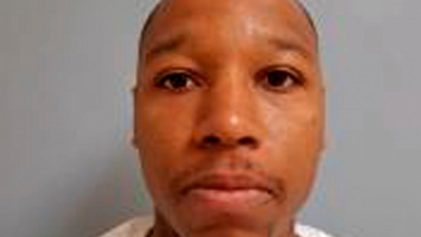
Batman has to confront his role in the events and also realizes there is no easy solution to urban problems.
“Batman is learning he can’t solve problems in the ways he thought he could,” said writer Scott Snyder. “It’s much more about understanding what people face in their everyday lives: knowing their fears, knowing their anger, and trying to show them, in a way, that they can and we together can fix, or hopefully make baby steps in fixing these problems that seem intractable, entrenched and impossible to overcome.”
Batman comics have been around for 75 years and have always had a gritty, film noir quality to them. The main character witnessed his parents’ murder and decides to become a vigilante when he is disgusted by widespread police corruption. However, new writers are trying to make the comic address current-day problems such as racial profiling, terrorism and sex slavery. The comic book industry has also recently come under fire for mainly white writers who fail to tackle the subject of race.
Snyder said told The Guardian he was influenced by the death of Eric Garner.
“If we were going to do an issue that dealt with potent problems that people face in cities that are reflected fictitiously in Gotham, then we want to really put our money where our mouth was and explore something that’s extremely resonant right now, and, I think, tricky, murky waters,” Snyder said.
Snyder sought the assistance of writer Brian Azzarello, an acclaimed author of comic book noir. Azzarello told The Guardian that being based in Chicago, he was well aware of the effects of gentrification. He remembers how the decision to tear down the Cabrini Green housing projects left poor people scattered across the city.
“This thing is such a ripple, the way lives are affected by gentrification. On one hand, yes, you’re cleaning up this area, you’re making it more livable for people. But you’re not saying anything about the people that live there,” said Azzarello. “And if you have no money, you have no voice. And we definitely raised that [in the comic.]”


